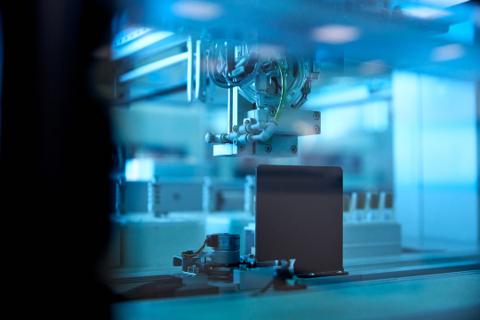A Fungal Barcoding Database
About the project
The purpose of this website is to provide up-to-date information on fungal barcoding and to facilitate communication and the development of collaboration among researchers interested in this topic.
DNA barcoding is the use of short standardised segments of the genome for identification of species in all the Kingdoms of Life. The goal of the Fungal Barcoding site is to promote the DNA barcoding of fungi and other fungus-like organisms.
Fungi are a large, diverse and economically important group of organisms. Estimates of the actual number of fungal species vary widely, from 1.5 million to 13.5 million, with fewer than 100 000 now known. Some fungi have relative complex and conspicuous morphologies, but others have very simple morphologies; many fungi have been detected using DNA sequences, but have never been seen. Because of their cryptic nature, fungal species are particularly suitable for DNA-based identification.
In addition to species barcoding, molecular methods are currently being used extensively in fungi for both phylogenetic reconstruction and species recognition. Fungal barcoding not only provides unique opportunities, it also presents particular challenges. For instance, many fungi reproduce asexually making the application of a biological species definition problematic.
https://www.fungalbarcoding.org/defaultinfo-aspx
Moreover, fungal mitochondria are not maternally inherited, as is the case in animals. Consequently, initial efforts to barcode fungi involve testing a number of mitochondrial and nuclear candidate sequences.
We welcome the ideas and participation of mycologists from all countries, working with any group of fungi and fungi-like organisms.
Click here for the taxon list from February 2011
Discover More

